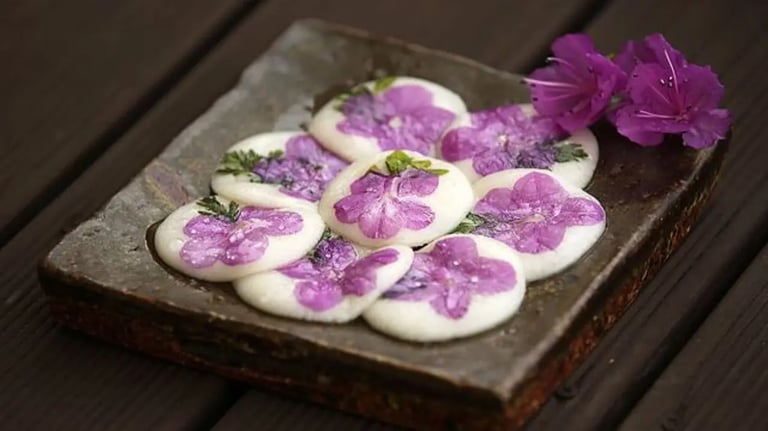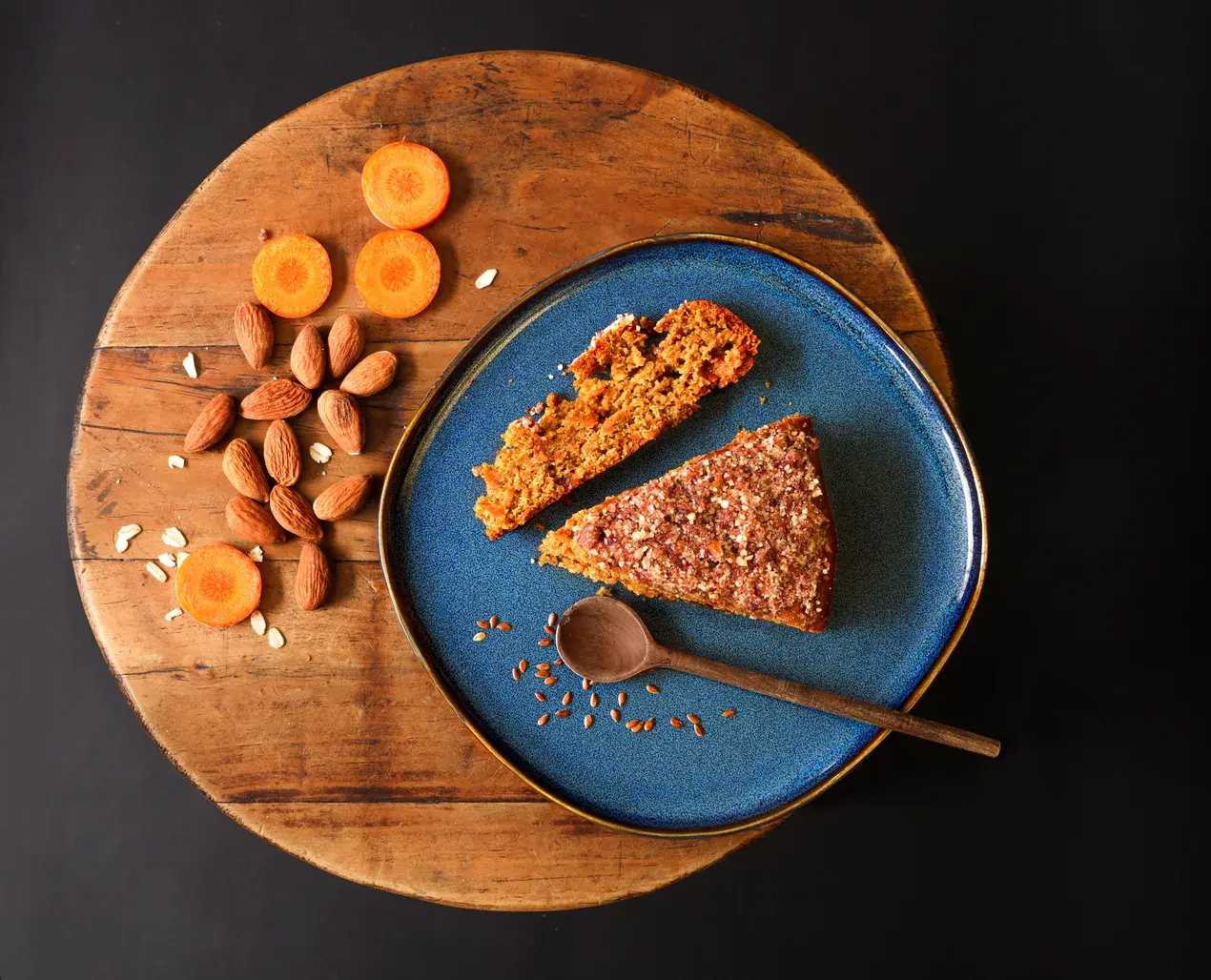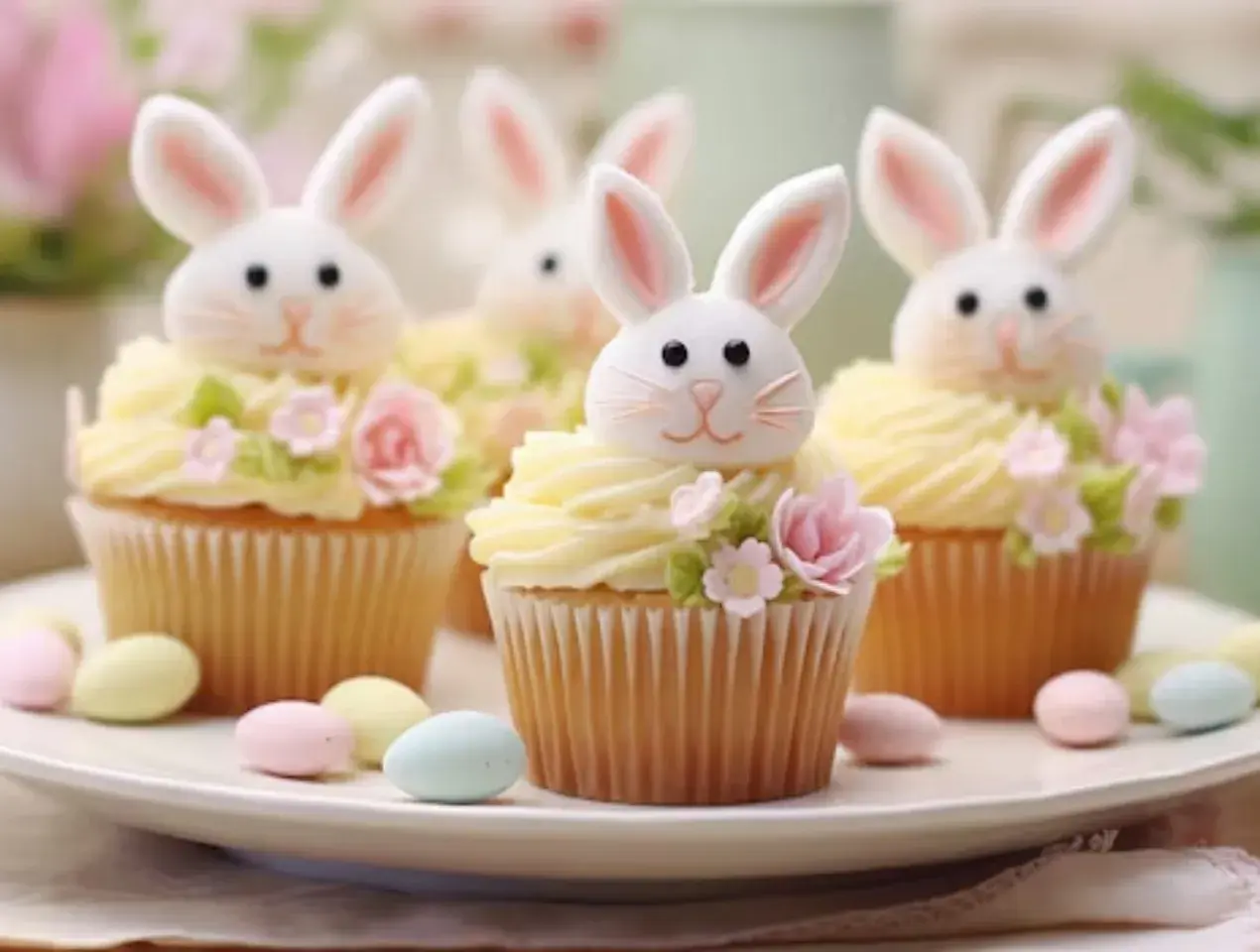Spring is a season of tinging desserts with the colours of the season and most desserts take on the cheery hue of pinks, greens and whites as a remembrance of the fading winters.

Springtime is a time for marking the end of the harshness of winter and welcoming the fragrant blooms of spring. Most East Asian countries embrace spring by using the best of the season’s fruits and herbs and dyeing the sweets and desserts brilliant colours symbolising the vivacity of spring.
1. Bingsu
This shaved ice dessert is more popular during summer in South Korea but come spring, it starts to pop up around the country and spring flavours like strawberry are immensely popular. Bingsu is made from finely shaving down solidified milk and cream so unlike crushed iced desserts these have richer flavours. It is more than often topped with red beans, fresh fruits, chocolates, honey and sweet syrups.
2. Qingtuan

A kind of mochi that is made from glutinous rice and mixed with mugwort, Qingtuan is exclusively made during springtime in China. Mugwort is a kind of weed that grows with the springtime grass and has culinary applications in Korea and Japan too; it's called yomogi mochi in Japan. The words “qing” and “tuan” translate to green dumplings that are made in April, when the tender mugworts grow rapidly. These dumplings often have a sweet centre of red beans and are eaten during the Qing Ming festival. Due to their immense popularity, these days Qingtuan is available year-round and the seasonal mugwort is replaced with matcha or wheatgrass during other seasons. These dumplings are immersed in a sweet broth and served with it to be slurped and chewed on by the festival goers.
3. Sakura Mochi

Representing the iconic cherry blossom trees (sakura) that bloom in spring, Japan’s beloved mochi goes through a makeover where the pink sticky rice of the mochi turns a pale pink and is wrapped in a sakura leaf, sometimes pickled. The mochi envelops a centre of sweet Azuki beans that is a trademark for every kind of mochi Japan makes. There are two versions of the Sakura mochi – the Kansai style and the Kanto style that differ in their outer layer of the mochi. The former uses crushed glutinous rice and the latter wheat flour in combination with other ingredients, both are delicious.
4. Hwajeon

These are flattened rice cakes made from glutinous rice, which are naturally sweet, with seasonal flowers – mostly azaleas and pear blossoms – pressed on the top of these cakes. These simple sweets date back to the 1300s, when the female monarchs used to enjoy this sweet made with rice and spring flowers. These two flowers are symbolic because even before the green shoots sprout (symbolizing summer) the flower buds and fully bloom.
5. Hishimochi
In Japan, the arrival of spring is marked by the Girls' Day festival, locally known as the Hinamatsuri. Also known as Doll's Day, this annual celebration revolves around the elaborate display of dolls representing members of the imperial court. Alongside the beautiful doll displays, two quintessential Japanese sweets embody the spirit of this springtime festival – the diamond-shaped hishimochi and the hanami dango. Hishimochi is crafted to be three-layered that are pink, white, and green which symbolize vitality, purity, and longevity.
6. Yuanxiao

A staple at the Chinese Lantern Festival that takes place in spring, and marks the end of winter, Yuanxiao are essentially rice balls. During this festival alongside Yuanxiao, Tangyuan is also popular which are almost identical in appearance and taste, but differing in the way they are made. Yuanxiao is crafted through a labour-intensive process where the dough is shaken in flour, then dipped in water and the process is repeated until a thick, protective layer forms around the filling. The ball dumplings are distinctly chewy and perfectly complement the sweet centre – sesame, peanut powder with sugar, or sweet red bean paste.
7. Hanami Dango

Dangos usually come in a trio and come spring, they take on the colours of the season – pink, white and green. These colours symbolize the colour of the sakura tree’s flowers (pink), leaves (green) and snow on the trees (white) that are skewered into one stick. Some also interpret the colours as a visual representation of the seasons -- the pink dango symbolizes spring, the white winter, and the green summer. Interestingly, the absence of a colour for fall is due to a clever Japanese pun - "aki nai" can mean both "no fall" and "won't get tired," a nod to the idea that one never tires of enjoying these springtime sweets.
Like This Article?
More Like This
Popular Articles





Trending Web Stories
Curated Recipes
















